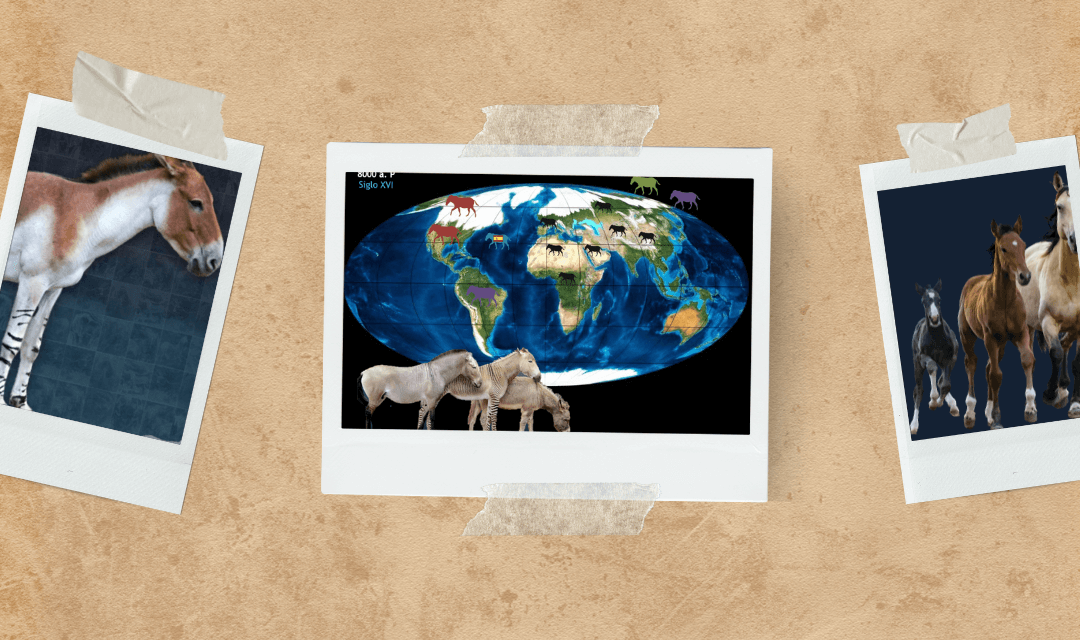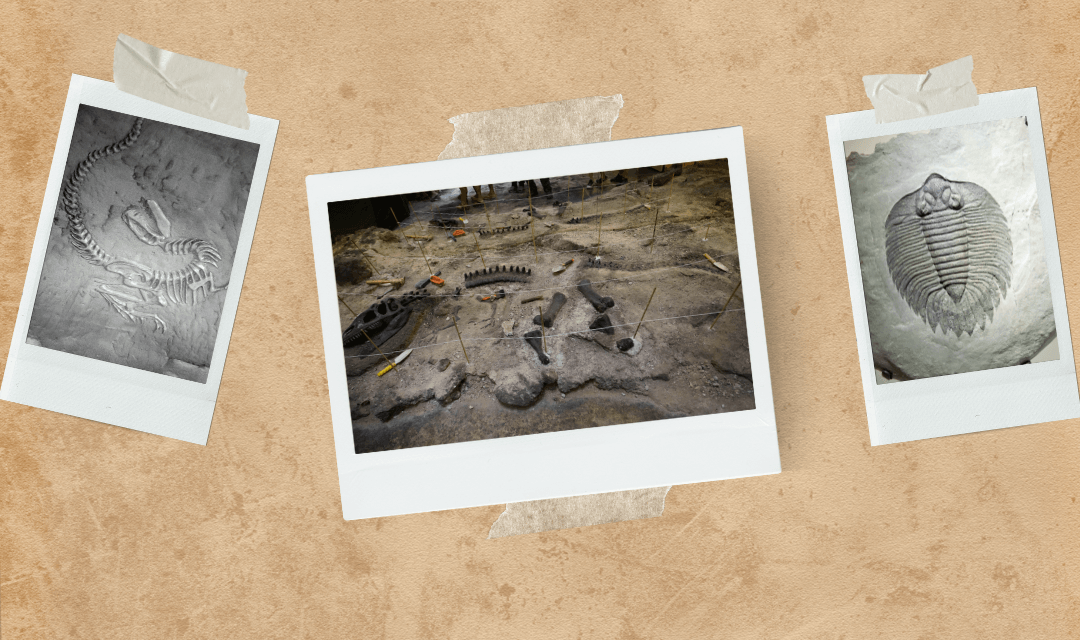Quetzalcoatlus, the largest flier
August 27, 2023
Quetzalcoatlus, the largest flier.
WARRANT.
Quetzalcoatlus / Quetzalcoatlus northropi.
Quetzalcoatlus belongs to a group of flying reptiles (pterosaurs) contemporary to dinosaurs. Its cranial anatomy, walking position and hip bones, puts it outside of the dinosaur and birds groups classification. Quetzalcoatlus represents the biggest flying organism that has ever existed on earth, equal only to some South American species also from the Cretaceous period.
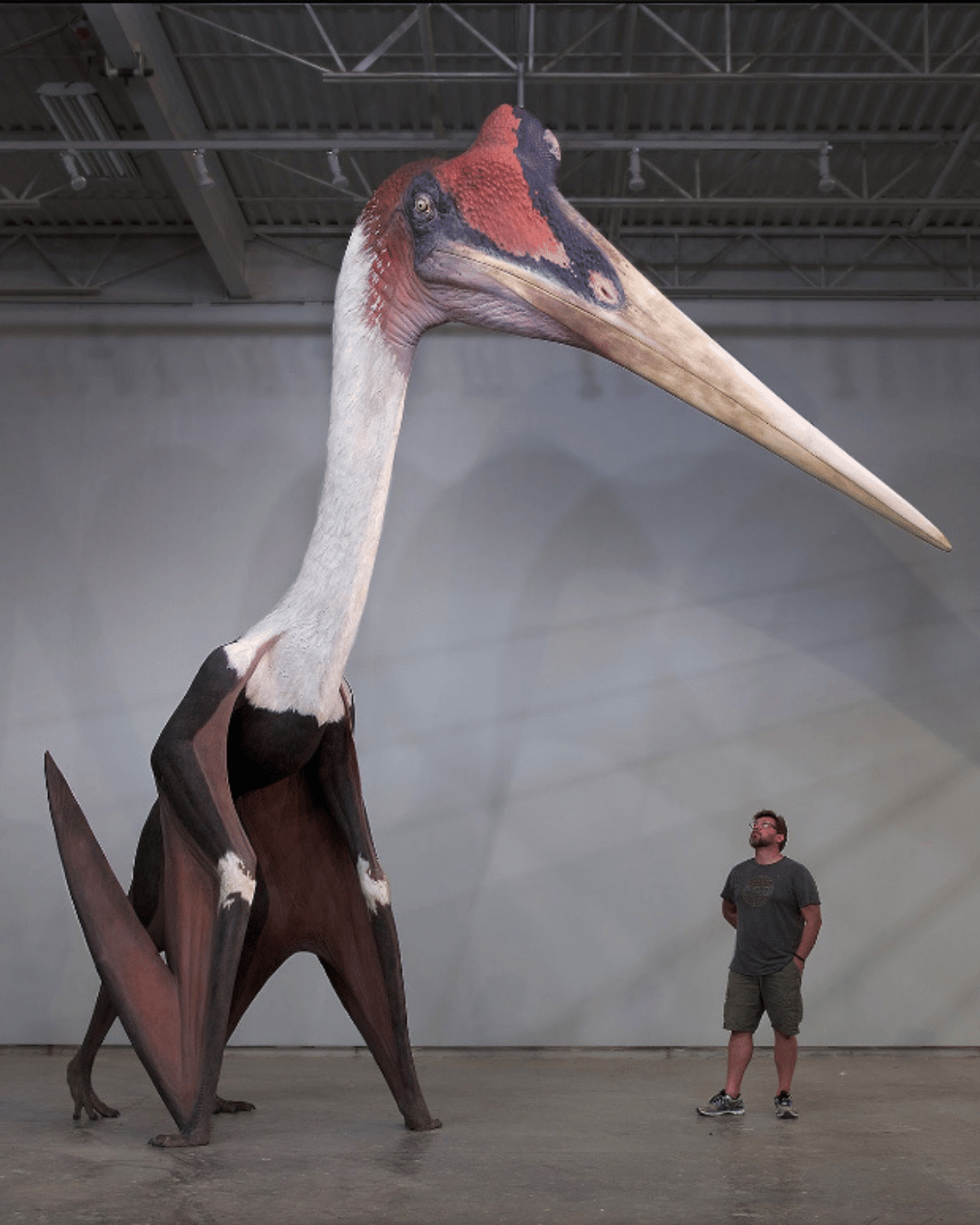
During the Late Triassic 230 million years ago, several small reptiles developed membranes over limbs, possibly allowing them to glide. Some had these wings on their front legs like Eudimorphodon and others on the hind legs like Sharovipteryx. The most abundant and successful were those of the Eudimorphodon group; Pterosaurs, a group of reptiles contemporary with dinosaurs but distinct, among many differences, were warm-blooded.
Pterosaurs were the first vertebrates to fly and are the largest ever to do so, such as Quetzalcoatlus northropi.
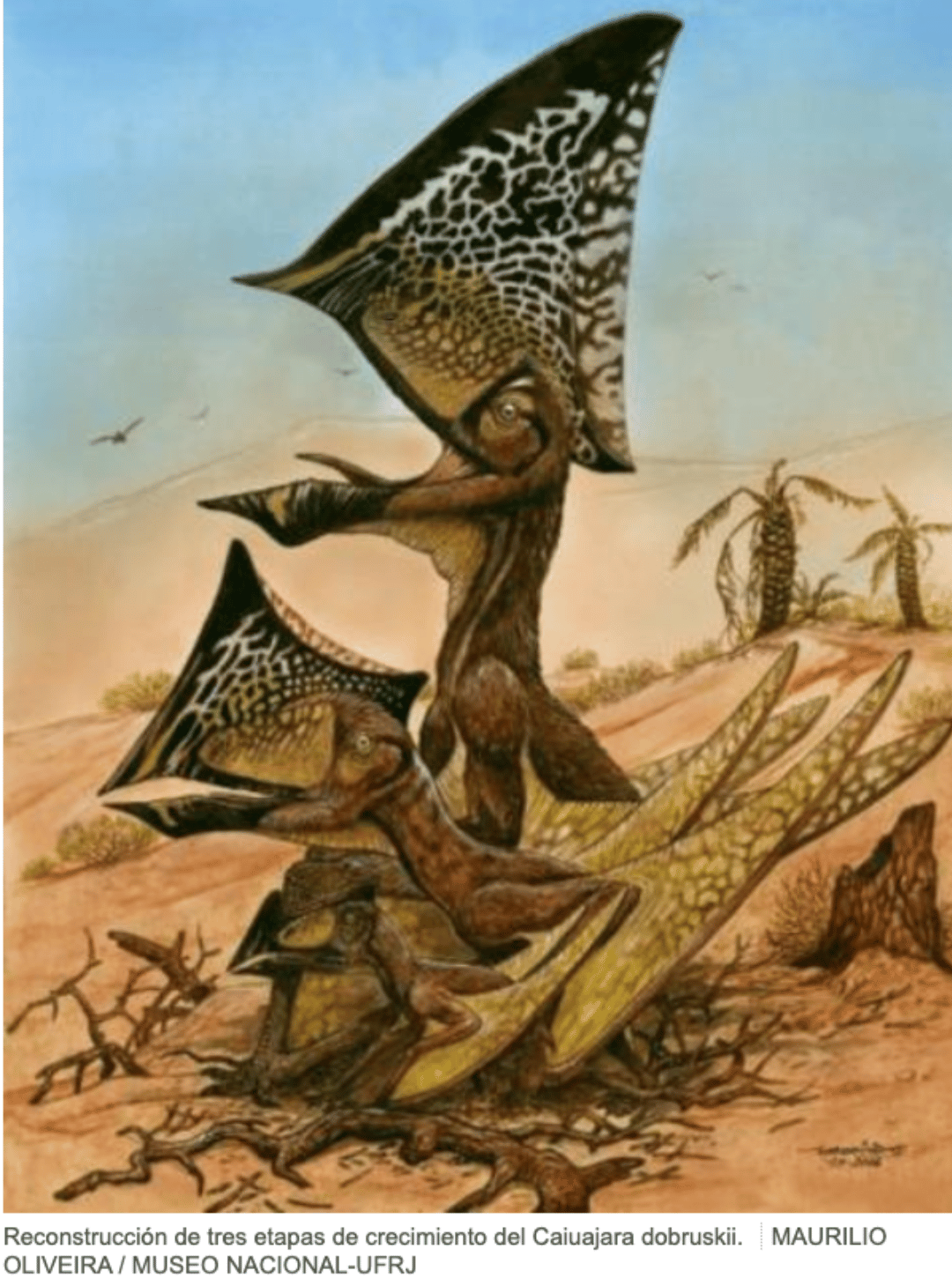
They existed during the Mesozoic Era, the so-called Age of Reptiles from 251 million years ago until their extinction 66 million years ago. Many species had bizarre crests, some made of soft tissue and others partly and entirely of bone. Especially those from Brazil like Caiuajara dobruskii among many others.

The walls of their bones were very thin, which is why their bones were so light, which allowed them to fly together with the wings, which were a membrane reinforced with thin rods. Starting from a finger of the hand and continuing to the foot. Very little is known about their ancestors and how they became fliers. Based on their general morphology, two types of pterosaurs can be distinguished, nonpterodactyls, medium to small in size, with relatively small heads with teeth, short neck vertebrae, and long tails.
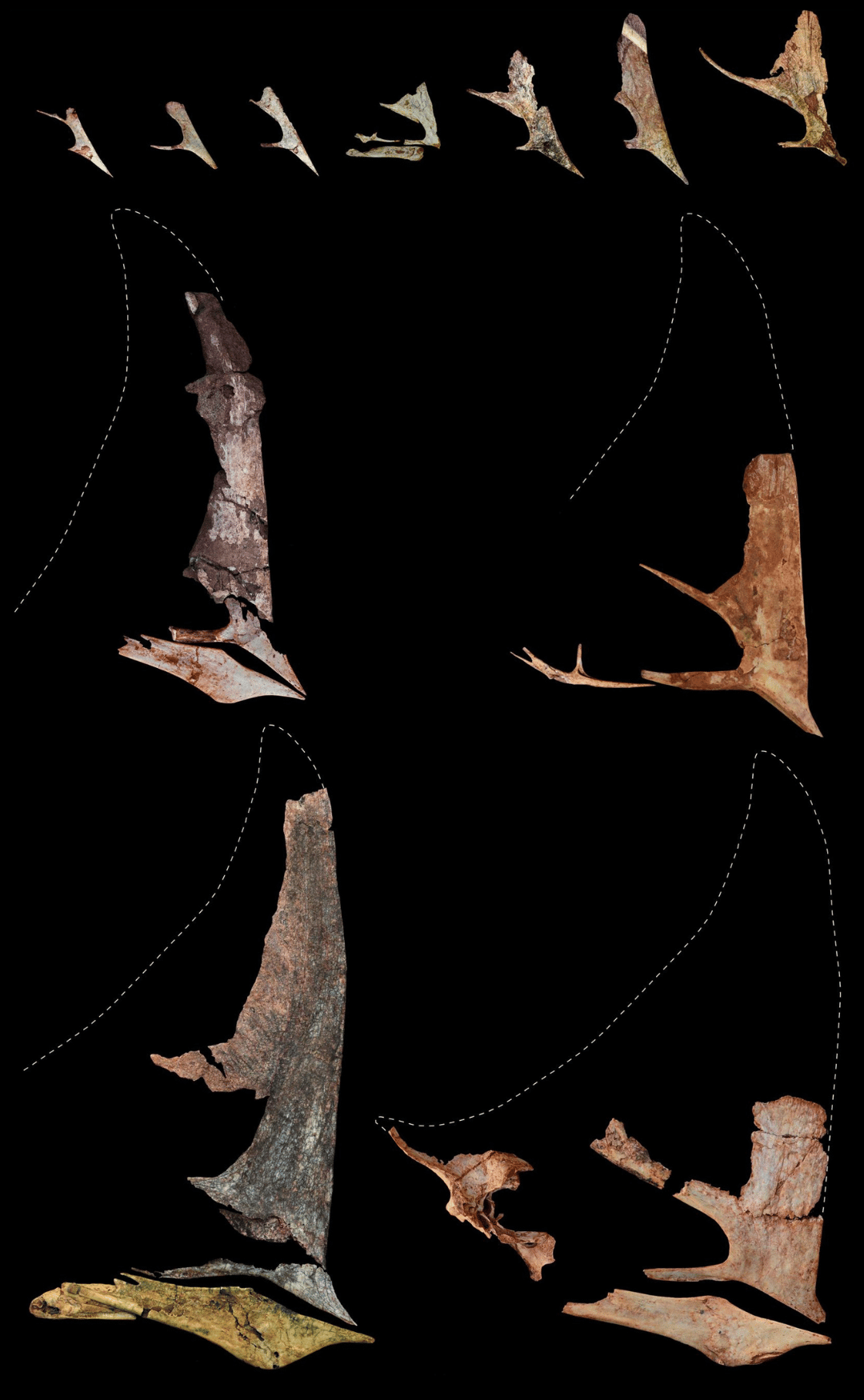
They appear at the end of the Triassic 230 millions years ago and became extinct in the middle of the Cretaceous 110 millions years ago, the other type of pterosaurs are the pterodactyls, they are the largest that existed, reaching a wingspan of up to 12 meters (Quetzalcoatlus northropi), the members of this group had large heads, many of them prone to the loss of the teeth, with long neck vertebrae and short tails, appearing in the mid-Jurassic 150 millions years ago and extinct at the end of the Cretaceous 66 millions years ago.

Most known pterosaur species are from marine environments, fossils of pterosaurs from inland environments are much scarcer, so much less is known about them.

Espeleólogo subacuático, investigador, autor de artículos científicos, descubridor de las campanas d...
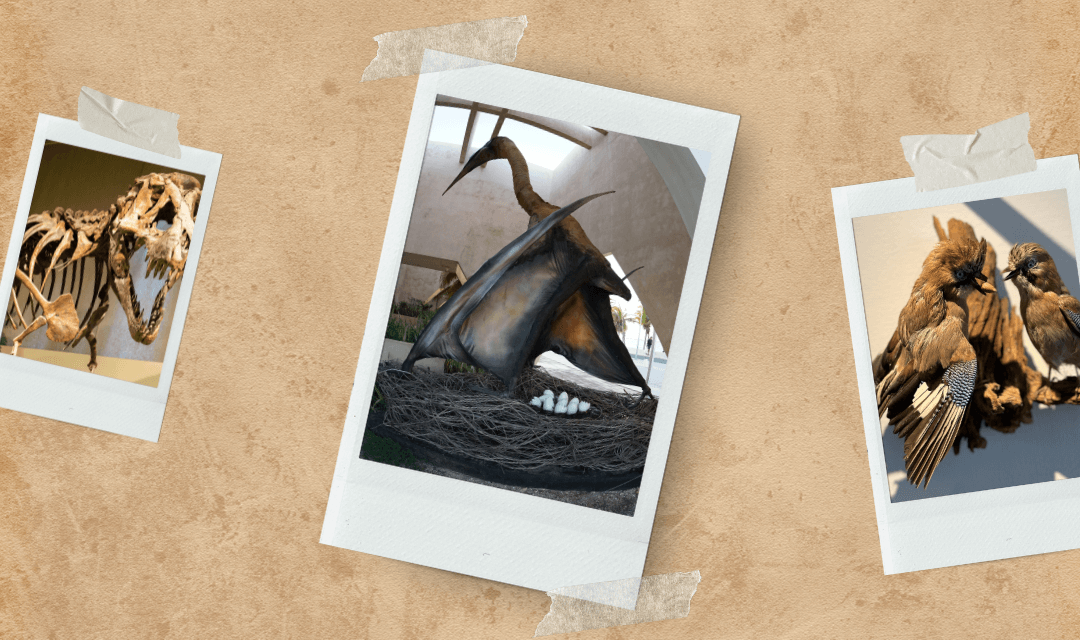
Posts Relacionados
Grupo Xcaret
Hotels
